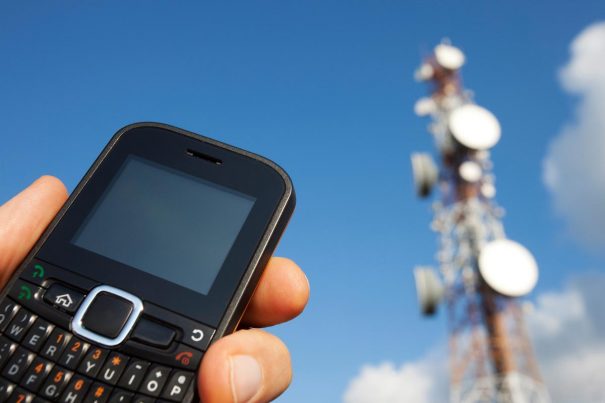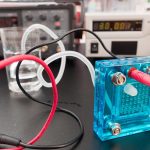
World’s first non-battery cell phone “harvests” ambient radio waves to power itself
Sunday, July 09, 2017 by Russel Davis
http://www.futuresciencenews.com/2017-07-09-worlds-first-non-battery-cell-phone-harvests-ambient-radio-waves-to-power-itself.html

A team of computer scientists and electrical engineers at the University of Washington have designed and unveiled the world’s first battery-free mobile phone that makes use of ambient radio waves or light to function. The phone was touted to “harvest” a few microwatts of power from the said sources to send and receive calls. The team even reported placing Skype calls using the battery-free phone, which demonstrated that it can be used to receive and transmit speech and communicate with a base station. The phone was made of commercial, off-the-shelf components.
“We’ve built what we believe is the first functioning cellphone that consumes almost zero power. To achieve the really, really low power consumption that you need to run a phone by harvesting energy from the environment, we had to fundamentally rethink how these devices are designed,” co-author Shyam Gollakota stated in a university release.
“You can’t say hello and wait for a minute for the phone to go to sleep and harvest enough power to keep transmitting. That’s been the biggest challenge — the amount of power you can actually gather from ambient radio or light is on the order of 1 or 10 microwatts. So real-time phone operations have been really hard to achieve without developing an entirely new approach to transmitting and receiving speech,” co-author Bryce Kellogg quoted in an article posted on the Science Daily website.
This is how the battery-free phone actually works
Regular mobile phones take up too much energy in transmitting data, which involves converting analog signals containing sound into digital data that a phone can readily understand. To eliminate the need for power-consuming transmission, the researchers specifically designed the phone to rely on ambient power sources.
The battery-free mobile phone makes use of vibrations in a phone’s microphone or speaker, which occur when an individual talks to another phone or listens to a call. An antenna linked to those components converts the vibrations into altered standard analog radio signals emitted by a cellular base station. The process basically encodes speech patterns in reflected radio signals in a manner that utilizes almost zero power.
In order to transmit speech, the phone makes use of vibrations from the device’s microphone to encode speech patterns in the reflected signals. On the other hand, the phone converts encoded radio signals into sound vibrations picked up by its speaker in order to receive speech. The researchers designed the prototype device to contain buttons indicating “transmitting” and “listening” modes.
The team then used off-the-shelf components to demonstrate that the phone can perform basic functions such as sending and receiving data via buttons. The experts also used Skype to demonstrate that the battery-free phone can receive incoming calls, dial out and place callers on hold. The experts designed a custom base station to transmit and receive the radio signals. The team looks at the possibility of incorporating the base station into standard cellular network infrastructure or Wi-Fi routers.
“The cellphone is the device we depend on most today. So if there were one device you’d want to be able to use without batteries, it is the cellphone. The proof of concept we’ve developed is exciting today, and we think it could impact everyday devices in the future,” said faculty lead Joshua Smith.
Sources include:
Tagged Under: Tags: batteries, battery free cellphone, cellphone, data transmission, electromagnetic energy, energy sources, gadgets, mobile phone, Radio-signals





